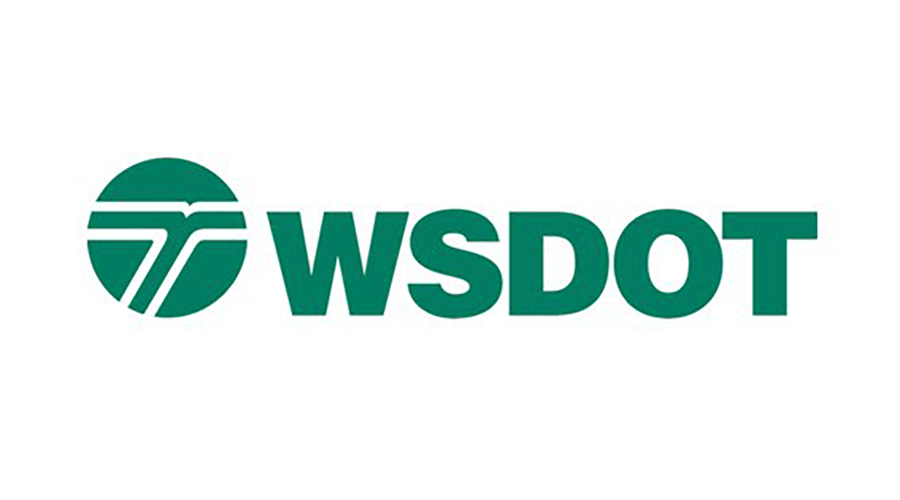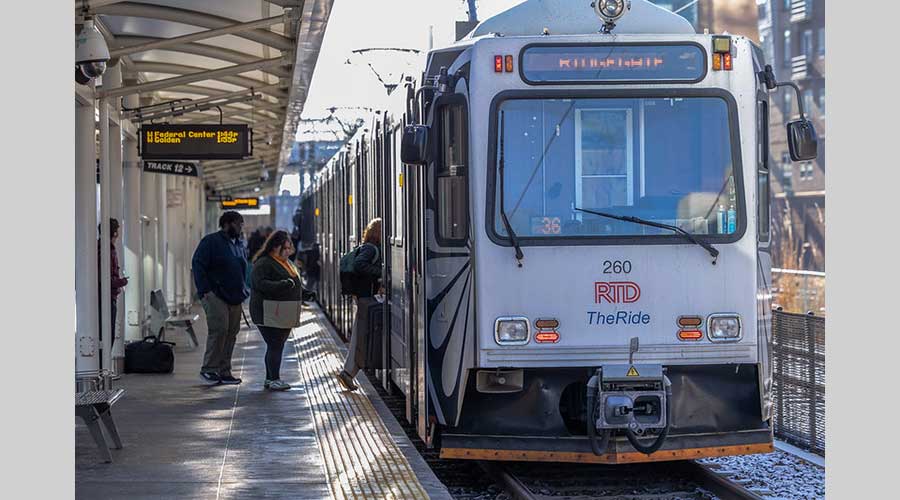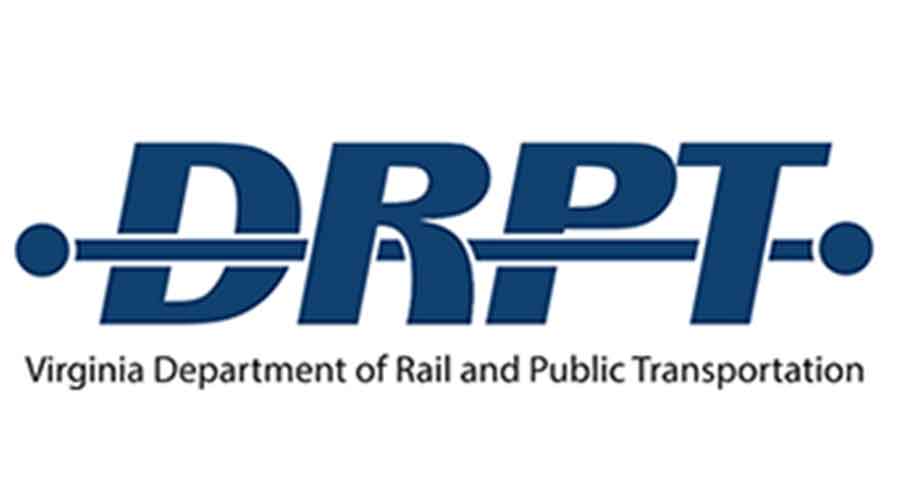Stay updated on news, articles and information for the rail industry
8/13/2014
Rail News: Safety
Gov. Dayton holds first meeting to review Minnesota's new rail safety laws
Minnesota Gov. Mark Dayton on Monday held a meeting in Little Canada with local leaders and emergency managers to review the state’s new rail safety laws and discuss ways the state can partner with communities to strengthen safety requirements and improve disaster preparedness.
The meeting was the first in a series of scheduled rail safety meetings in the state; in the coming weeks, Dayton plans to host similar discussions with leaders and emergency managers in communities located along heavily-traveled freight-rail routes in Minnesota.
An average 50 trains carrying millions of gallons of crude oil travel through local communities every week, Dayton said in a press release. Recognizing the safety risks those trains pose, new rail safety measures were signed into law in May, and the Minnesota Department of Transportation (MnDOT) and Minnesota Department of Public Safety began implementing the measures in July, he said.
The new laws tighten oversight of railroads, increase the number of rail inspectors at MnDOT (the cost of which will be covered by an annual assessment on railroads), and improve emergency response training and preparedness in communities.
Railroads now are required to:
• submit disaster prevention plans to the state;
• provide emergency response training every three years to each fire department located along crude-by-rail routes;
• file emergency response plans with the Minnesota Pollution Control Agency and keep the plans updated; and
• deploy enough equipment to clean up any haz-mat spills or leaks within a specified time period.
In addition, companies transporting hazardous materials must develop safety measures that better protect residents and the environment, and the Minnesota Department of Public Safety must continue to provide training and response preparedness courses to emergency responders.


 2025 MOW Spending Report: Passenger-rail programs
2025 MOW Spending Report: Passenger-rail programs
 Gardner steps down as Amtrak CEO
Gardner steps down as Amtrak CEO
 Guest comment: Oliver Wyman’s David Hunt
Guest comment: Oliver Wyman’s David Hunt
 Women of Influence in Rail eBook
Women of Influence in Rail eBook
 railPrime
railPrime







